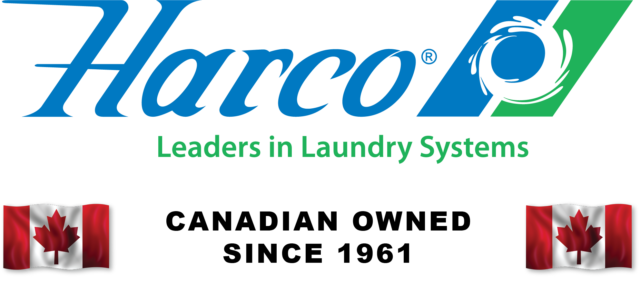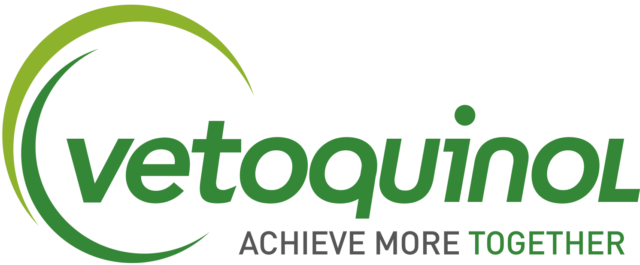I’ve always said farms are like snowflakes: There are no two alike. One of the best parts of my job is that I get to see a lot of farms. When I started in this field about a decade ago, I probably should have begun a tally of every farm I visited. I’m guessing by now it would be in the hundreds. Some of my most memorable visits are to farms in other parts of the country, or other countries, for that matter. Each region, climate, government, economy, etc. impacts how each dairy is set up and operated.
I still remember my first trip to a large dairy farm. It was a 5,000-cow dairy in California. Up to that point, I had seen plenty of 100-cow farms, even some 500-cow farms and maybe one or two 1,000-cow farms. But as I toured this California dairy, it was definitely unlike anything I had seen before.
The tour began in the milking parlour. I stared down a long tunnel lined with milking machines and udders. Four individuals were scurrying about – stripping, dipping, wiping and attaching.
Next, the walk took me through a row of freestall barns. At the other end of the barns, there was a huge drylot full of heifers. At that point, I could turn in a circle and see, not just a gathering of cows, but barns and pastures full of them.
From there, I spotted a concrete waterer and thought to myself: “What a simple idea; why don’t we just use that?” Then it dawned on me that our waterers typically require a heating element that is not nearly as necessary for the Golden State’s winters.
It was certainly made clear that what works for some may not work for all. Yet I contend there is something to be learned from every dairy operation.
Take, for instance, the five panelists featured in this issue click here to read the article. Each one operates in an entirely different circumstance. Some of the challenges in the U.K., Poland and Brazil are not relevant in Canada.
But at the same time, there are similarities: concern over feed costs and cost of production, and land prices increasing like never before.
Panelists also brought up cow comfort and mentioned some of the steps they are taking to improve it. What wasn’t mentioned in the article was that both Howell Richards and Willard DeGolyer recently made bedding changes.
Richards switched to sand, and DeGolyer put in waterbeds with sawdust. To see the pros and cons of various bedding options, read this article by clicking here.
It’s probably hard to argue that what happens in Poland has a huge effect in Canada, but at the same time, what happened this summer thousands of kilometers south has hit every Canadian pocketbook in the form of elevated feed prices.
To continue to learn how to manage feed costs, take some tips from the articles in the feed, forages and nutrition section of this issue. One in particular highlights an online calculator that can provide a breakeven cost-comparison of various protein sources, click here to read.
Now, more than ever, we are in a global economy – and therefore it is important to be aware of what is happening elsewhere.
It certainly doesn’t hurt to look beyond your own barn door to see what is happening on the other side of the country, or even on the other side of the world.








